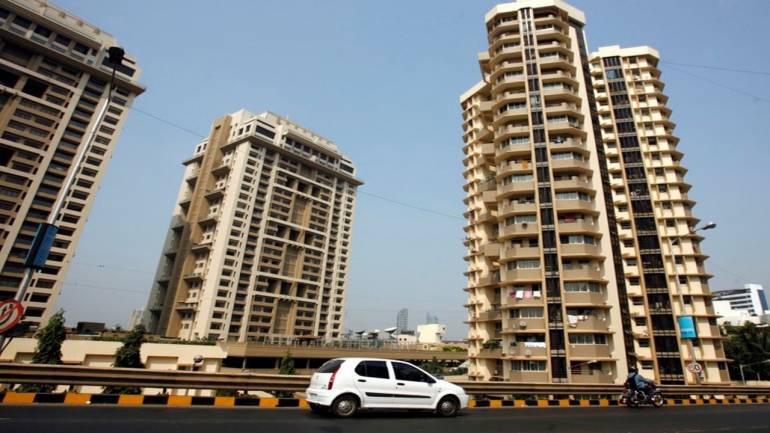News: Residential real estate in India is set to make a comeback-18-06-2019
Updated On: Jun 18, 2019
With an increased number of buyers eligible to benefit from home loan subsidies and marginal GST rates — coupled with the emergence of new asset classes such as student housing — the residential real estate market looks well on course to recovery.

Ravi Narayanan
A historically robust and lucrative sector with an annual return of 20 percent (1991-2014), the Indian real estate market has witnessed a slowdown in the past few years. Lower than expected growth rate in the sector demanded new initiatives to facilitate a resurgence.
RERA (Regulation and Development Act) and GST (Goods and Services Tax) are now the prime factors, among various others, that are facilitating a revival in the real estate sector. Recent estimates after the implementation of RERA and GST indicate a 6 percent growth in housing sales across 8 major cities in 2018; a 75 percent increase in new launches vis-à-vis 2017 and an 11 percent drop in unsold inventory levels.
The growth outlook across both residential and commercial real estate is turning positive now. According to estimates, real estate in India to become a $1 trillion market by 2030. Let’s take a closer look at what’s making things to change for the positive.
RERA has helped boost housing demand by empowering buyers, ensuring that serious players are better placed because of track of project completions and hence better customer confidence. Though the industry is still in throes of change, this augurs well in the medium to the long term for the sector.
GST too has played a pivotal role in reviving the market. Like RERA, it injects some much-needed transparency and accountability into the sector with a simplified tax structure and greater compliance. The GST rate cut applicable from April 1, 2019, will further ease the sector and help boost housing demand. For under construction properties in the premium housing segment, the rate is now 5 percent, down from 12 percent, while for affordable housing it has been brought down to just 1 percent from 8 percent. The GST Council has also done away with the Input Tax Credit system, which helped to revive buyer sentiment.
Affordable housing
Apart from structural reforms, government incentives to both buyers and builders have also pushed recovery in the sector, including ancillary incentives that increase purchasing power or boost housing supply. Examples include the increase in standard deduction from Rs 40,000 to Rs 50,000 a full tax rebate for income up to Rs 5,00,000, and increased investments in the development of infrastructure and connectivity.
But the most significant factor propelling the residential real estate market is the government’s “Housing for All by 2022” vision and its focus on the affordable housing segment. Affordable housing will essentially power the residential realty market in the coming years. This is already becoming evident with a surge of investment in affordable housing by large private companies. In 2018, the affordable housing segment accounted for 41 percent of new supply.
The government has also extended the credit linked subsidy scheme till March 2020, which provides interest subsidies on home loans for Economically Weaker Section (EWS), Low Income Group (LIG) and Middle Income Group (MIG) under the Pradhan Mantri Awas Yojana. To further boost demand, it has unambiguously defined housing units within Rs 45 lakh as affordable housing, increasing the size and scope of the segment. Approximately 4.45 lakh families have availed the subsidy of Rs 10,000 crore as on April, 2019 under the Credit Linked Subsidy Scheme. Of this, 3.15 lakh families of EWS and LIG has availed subsidy of around Rs 7,700 crore and 1.3 lakh families of MIG segment has availed around Rs 2,300 crore subsidy benefit.
With an increased number of buyers eligible to benefit from home loan subsidies and marginal GST rates — coupled with the emergence of new asset classes such as student housing — the residential real estate market looks well on course to recovery.
The author is Head – Secured Assets, ICICI Bank.



